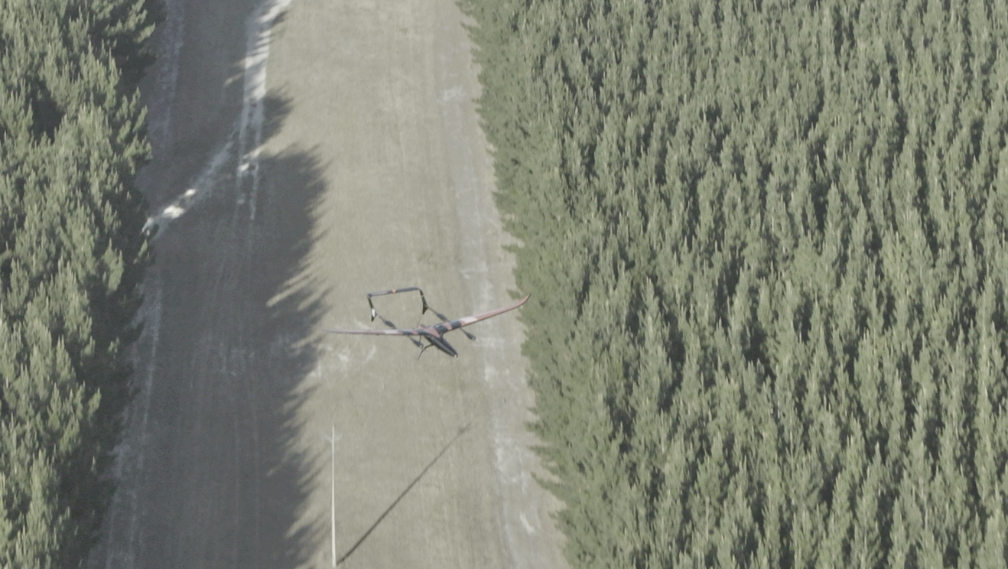
Carbonix and South Australian Power Networks (SAPN) have been working together to push the limits of what’s possible for Uncrewed Aerial Systems (UASs) on long-range flights — their 18-month partnership culminated in a recent Civil Aviation Safety Authority (CASA)-approved, Beyond Visual Line of Sight (BVLOS) mission to inspect more than 150km of powerlines in one hop – an Australian first and a significant step toward securing regional power reliability in South Australia.

For countries like Australia with large remote populations, powerline inspections and maintenance can be a major challenge. For SAPN, which has 30% of its customers in regional areas, the ability to conduct efficient and effective powerline monitoring brings significant benefits to customers and the environment. Currently, inspections are conducted by conventional crewed aircraft (helicopters and light planes) or ground crews.
Replacing traditional monitoring methods with Carbonix aircraft will bring an up to 80% reduction in operating costs and up to 98% reduction in CO2 output for SAPN. Carbonix aircraft also improve safety by removing people from arduous manual monitoring missions and risks from helicopter and light plane accidents. There are also wildlife and farm animal benefits as well, with less noise shock and environmental impact.
Flying BVLOS isn’t a simple mission. In Australia, CASA approval is mandatory and involves scrutinizing aircraft capabilities, remote pilot training and supporting systems. Once approval is in place, power providers can become more operationally efficient, enabling them to fly over more powerlines without having to land, pack up, relocate, and fly again. Furthermore, UAS operations offer quicker deployment, faster asset inspection cycles and can significantly improve response times to outages, fault detection, and early bushfire identification and mitigation.
These long-range missions are suited for Carbonix’s purpose-built aircraft, which have longer endurance than standard Remotely Piloted Aircraft Systems (RPAS). Carbonix RPAS are able to fly for more than eight hours without refueling, while carrying high-resolution multi-sensor payloads. Carbonix UASs are also manufactured to fly low and slow, enabling them to capture the best picture quality and data insights available.
Paul Roberts, Head of Corporate Affairs for SA Power Networks, said, “Our crews drive about 20 million kilometers annually patrolling and maintaining our vast network. Being able to deploy over-the-horizon drone patrols will drive greater efficiency in our asset management program and provide genuine safety benefits for our people and community. Drones like Carbonix present an opportunity to reduce the many millions of kilometers our staff travel on the road each year, reducing our carbon footprint, eliminating biohazard to our customers’ properties, reducing costs and importantly improving safety for our staff.“
Carbonix CEO Philip van der Burg stated the recent flight was the dawn of commercialization reality for the Australian RPAS industry and he said, “We’ve addressed the risks and barriers, both regulatory and technical and proven the capability. Long-range drone adoption means improved safety, faster response times and reduced carbon footprint for companies like SA Power Networks. We’re thrilled to have partnered with them to achieve this Australian first.”
